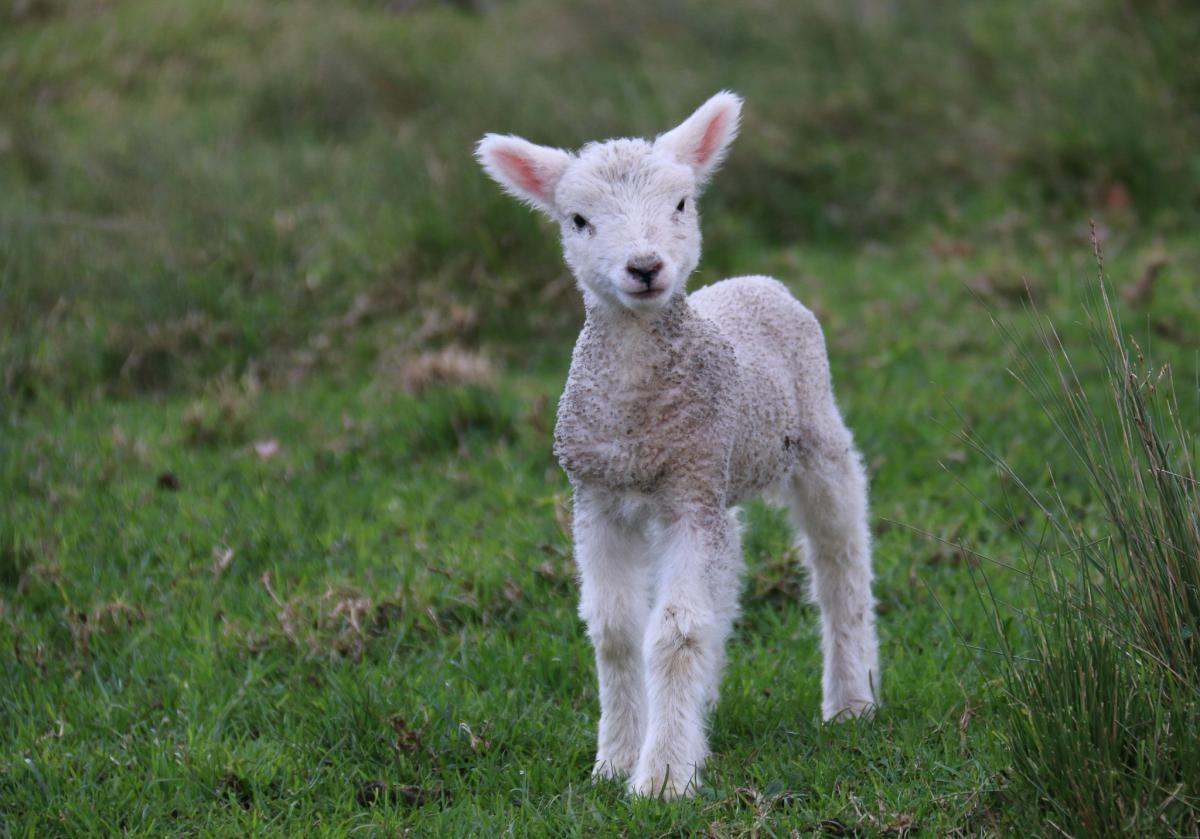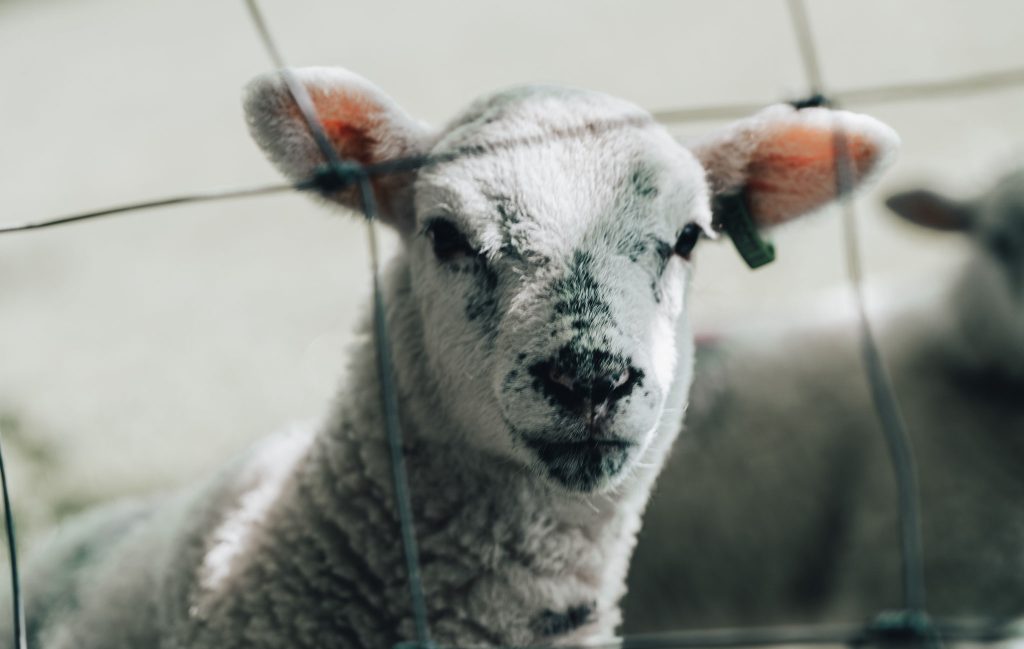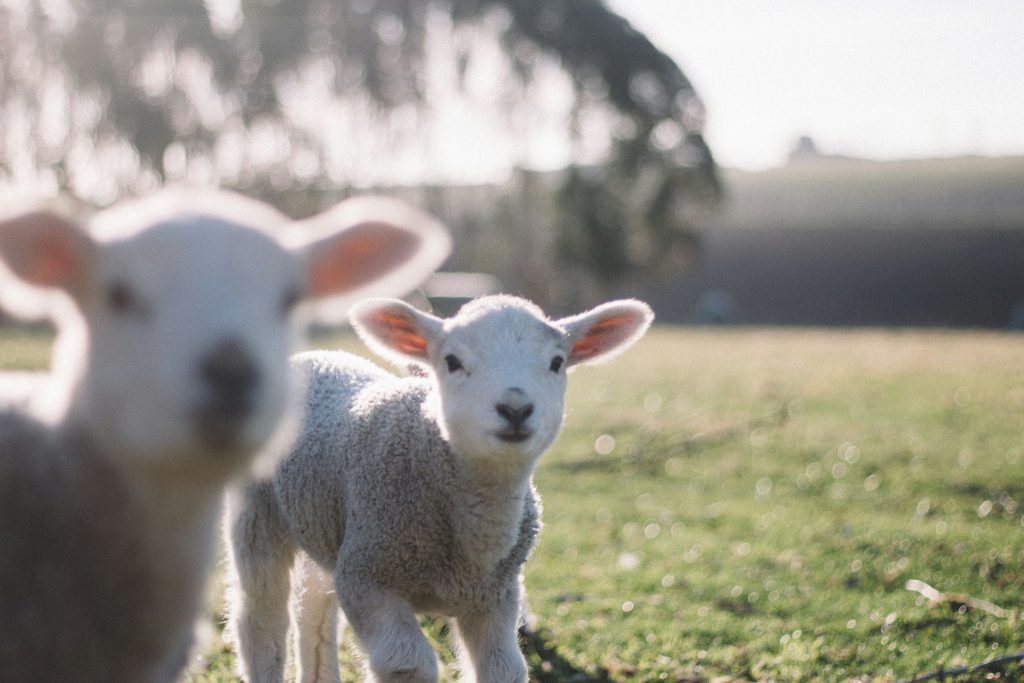
In our guest blog, the team at Bonanza answer your lambing frequently asked questions. From identifying hypothermia to preventing water mouth, our guide will support you to give your newborns the best start to life.
What is the correct temperature of a healthy lamb?
39 to 40°C
Why is hypothermia so common in new born lambs within the first few hours of birth?
Mortality rates as high as 50% during the first 48 hours are a result of starvation and hypothermia. Hypothermia is most common in smaller lambs, especially those from poorly nourished mothers during the pregnancy as they do not have as much fat reserves as larger lambs. The reason for hypothermia is simply that the lamb has been kept warm at a temperature of 39 degrees inside the uterus before birth and after birth the lamb’s temperature drops by 1-2 degrees below this shortly after birth. To compensate for this heat loss, lambs must increase heat production by up to 15 times the level it was before birth (Alexander, 1962). Hypothermia is considered severe when the lamb has a temperature below 37°C (99°F) (AHDB).
What are the symptoms of hypothermia?
Standing ability is a good indicator, if the lamb is wobbly on its feet, shivering and standing in a hunched position.
How can I prevent hypothermia in lambs?
Risk of hypothermia in the new born lamb can be reduced if there is a good maternal bond between the mother and young as she will groom and lick the lamb to make it dry and prevent a chill. In cases where there are orphan lambs, a heat lamp is a good option to help keep the lamb warm. Ensuring the lamb receives adequate levels of colostrum as soon as possible after birth will help to boost energy reserves in the lamb. Often it is the case that ewes do not produce enough colostrum, especially if there are multiple lambs. Therefore, a colostrum supplement can be used, such as Take-off. This provides the weak lamb with energy and helps reduce the risk of starvation and hypothermia.

How do I treat a comatose lamb with hypothermia?
Intraperitoneal injection can be a life saver at this point if the lamb is lying flat out and close to death. A 20% glucose solution should be administered to the lamb. Place lamb in warming box and continue colostrum feeding thereafter.
What causes lambs to scour?
Scour in lambs can be caused by bacteria, viruses, protozoa and intestinal parasites, as well as poisons. Therefore, it is sometimes very difficult to know how to prevent the scour and treat the sick lamb. It is best practice to test the faeces sample to pinpoint the pathogen causing the problem.
How do I treat a scouring lamb?
Often lambs will die as a result of dehydration as a consequence of scouring – not the actual pathogen! Therefore, ensuring proper rehydration with electrolytes is essential to give the lamb the best chance to survive. If it is a bacterial scour it is necessary that the lamb is given an antibiotic (seek veterinarian advice). If it is a viral or parasitic scour then an antibiotic will not be any use. Although, sometimes an antibiotic is given to prevent any secondary bacterial infections.
Should I stop feeding milk to a scouring lamb?
No this is often not necessary if the lamb is continuing to drink milk this is fine as it is providing the lamb with energy. However, it is essential that the lamb is given an electrolyte in between feeds (ideally 4 hours after feeding milk) to maintain hydration.)
Is coccidiosis a common cause of scour in lambs?
Coccidiosis is a frequent cause of diarrhoea in young lambs. It is caused by a parasitic infection and is highly contagious within the flock. Like any disease, coccidiosis has a negative effect on both lamb performance and economic performance. The most common stage for the lamb to suffer from coccidiosis is usually from 1 month to 6 weeks of age. Overstocking indoors can result in a build-up of this pathogen and cause infection within the flock, also muddy build up around feed troughs can also be a prime place for cocci to cause havoc.
What is watery mouth?
Watery mouth is a common bacterial disease in new born lambs. Symptoms of watery mouth is a dull lamb which is salivating excessively and the lamb will refuse to feed. Sometimes it can be mycoplasma. The lamb will develop a fever, increased breathing rate and will likely refuse to suckle. Untreated lambs often die.
When is watery mouth most common?
Watery mouth usually occurs between 6 and 48 hours of age and is often seen in intensively farmed flocks. Multiple birth lambs from primiparous ewes can also be more susceptible due to lack of colostrum consumed.

How do I prevent watery mouth?
Ensure lambs receive adequate colostrum as soon as possible after birth and hygiene is a major factor. Lambing pens should be kept as clean as possible and bedded with fresh straw to reduce bacterial load. It can also help if ewes are dagged before housing to minimise the risk.
How do I treat watery mouth?
Watery mouth can result in many losses. The lamb should be stomach tubed with a glucose/electrolyte solution, three times a day. This prevents starvation, relieves dehydration and stimulates gut movement. Avoid feeding colostrum or milk as they will be unable to digest the food once they have developed watery mouth. The use of antibiotics may be advised by your veterinarian and also given an enema – this is to remove the meconium and stimulate gut movement using 20 ml soapy water injected about 5 cm into the rectum. This will also help remove bacteria and endotoxins.
What causes naval ill in lambs?
Bacteria from the environment are usually the cause of naval ill. The bacteria enter through the naval hence the reason for spraying/dipping the naval in strong iodine solution as soon as possible after birth.
What effect does naval ill have on lambs?
Joint ill is a common cause of lameness in young lambs. The affected joints are swollen, hot and painful. Signs usually appear from 5 to 10 days of age.
Is pneumonia a problem in young lambs?
Pasteurella hemolytica is usually the bacterium to cause havoc in young lambs when it comes to pneumonia, and
What are the main causes of lamb pneumonia?
If lambs have not consumed adequate colostrum they are automatically at higher risk of developing pneumonia. In addition to this, housing can also have an impact on pneumonia in lambs. A house that provides poor ventilation to remove stale air can cause issues, as well as this if lambs get a chill or are lying on a damp bed this can also result in lambs suffering from pneumonia. Lambs which are housed are more at risk of developing pneumonia than lambs at grass.
How should I prevent lambs taking pneumonia?
If lambs are indoors, they should be housed in a wellventilated shed that is free from draughts. Overcrowding can often be a problem, so have a look at your stocking rate. Raise lambs out at grass where possible as there are much less cases of pneumonia.
How do you treat lambs with pneumonia?
Lambs suffering from pneumonia should be treated with antibiotics: penicillin, tetracyclines, and others.
Is bloat a common complaint in milk fed lambs/kids?
Yes, often gorging large volumes of milk in a short space of time can cause a bloat problem. Feeding little and often can help reduce this issue. Research has shown that Clostridium perfringins type A and Sarcina bacteria were present in the stomachs of affected lambs (Schemm et al., 1999). It is most commonly seen in bottle/limit fed lambs.
FAQs shared by Bonanza
Our experienced team includes qualified SQPs and animal health specialists are available to advise on and dispense farming medicine at our Longborough and Thame stores. Talk to our friendly team via 01451 830 400 (Longborough) & 01844 463 400 (Thame) to discuss your needs.
